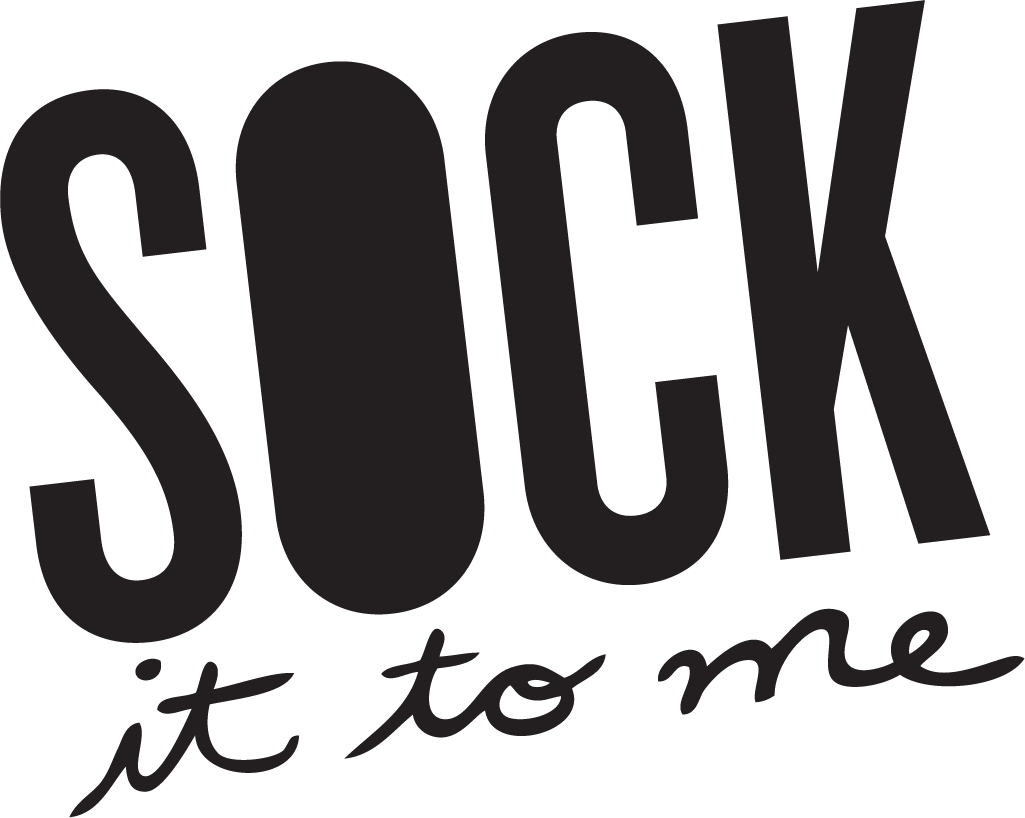Stephanie Smith
 Name: Stephanie Smith
Name: Stephanie Smith
Age: 26
Location: Seattle, Washington
Occupation: Ph.D. Candidate and teaching assistant, Department of Biology at the University of Washington, Seattle
Ph.D. candidate and illustrator Stephanie Smith was a natural born biologist. She spent her childhood rifling around the dirt for treasures like “tiny frogs, raccoons, mushrooms, cicada shells, worms, and wild strawberries.”
Those fledgling years in Newark, Ohio sparked her passion, which she now channels in her teaching assistantship and studies at the Department of Biology at the University of Washington in Seattle.
“When I went to college I was originally interested in paleoanthropology, but I took a mammal evolution class my second semester and that was what really got me interested in fossil mammals in general,” Stephanie explains. “I asked the professor if I could work in his lab and he took me on to wash and organize mammal fossils, and to sort through fossiliferous sediment (read: dirt with tiiiiiny fossils in it) under a microscope. That volunteer position was the thing that really started to get me excited about studying mammals.”
The summer following her sophomore year of college offered her an opportunity to do field work in the Bighorn Basin in Wyoming with Ken Rose and his field crew.
“On our first day out collecting fossils, I remember I found a jaw of a tiny horse (Hyracotherium) with three teeth in it, and I think I decided that day that I wanted to do this forever,” she says.
These days, much of Stephanie’s time is dedicated to completing her Ph.D. dissertation and illustrating things she finds interesting in nature.
“I’m working with a bunch of collaborators right now on a manuscript of one of my dissertation chapters, where we’re looking at changes in the type and relative abundance of different kinds of mammals on the landscape right after the Cretaceous-Paleogene (K-Pg) mass extinction, which is the one that wiped out all dinosaurs except birds,” she says.
 In the classroom, Stephanie is assisting a class on the evolution of mammals, and much of her lesson planning includes illustrating what’s taught.
In the classroom, Stephanie is assisting a class on the evolution of mammals, and much of her lesson planning includes illustrating what’s taught.
“I get to draw these big mural-type figures on the board for my students when I teach about them. I find that using simplified line drawings and flow-charts can help my students grasp complicated concepts, especially people who are very visual learners,” she explains.
Beyond the classroom, Stephanie has designed the t-shirt for the Discoveries in Geoscience (DIG) Field School, once again using her artistic talent combined with her love of paleontology.
 “The DIG is a free professional development opportunity where K-12 STEM teachers come join our research team in the field for four days of research experience and hijinks. I’ve been a field instructor for the DIG for five years and it’s one of my favorite things to be involved in because of how excited the teachers get about paleontology!”
“The DIG is a free professional development opportunity where K-12 STEM teachers come join our research team in the field for four days of research experience and hijinks. I’ve been a field instructor for the DIG for five years and it’s one of my favorite things to be involved in because of how excited the teachers get about paleontology!”
In the future, Stephanie hopes to get a job working in a natural history museum where she could ideally do her research, write grants, and use her illustration skills to inform and inspire the public about science.
“Science communication is really important to me, and illustration lets me inject more creativity and personality into the process,” she says.
And beyond that personality powering her paleontological prowess, what message does Stephanie hope to communicate to young women stoked by science?
“Don’t be afraid to go out and learn new things for yourself! You can learn about a million things just by observing what’s going on in the world around you, and asking questions and investigating. Learning is not just a thing that happens in a classroom.”
Very cool advice from a very cool girl! Thanks, Stephanie, and best of luck with your dissertation!
Some internet offerings if you’re looking to check out Stephanie in action on Instagram, Twitter, or her website.


